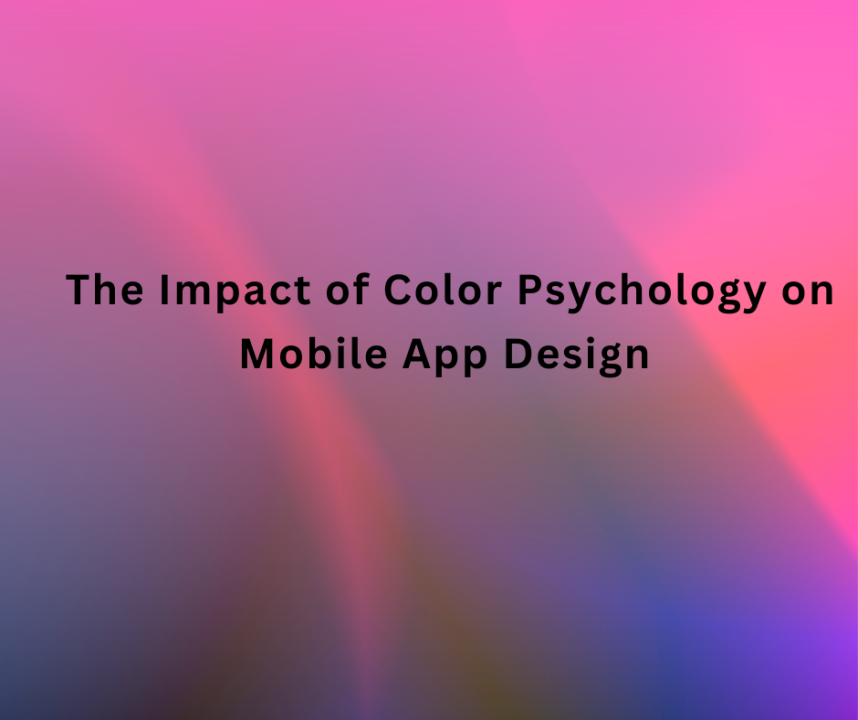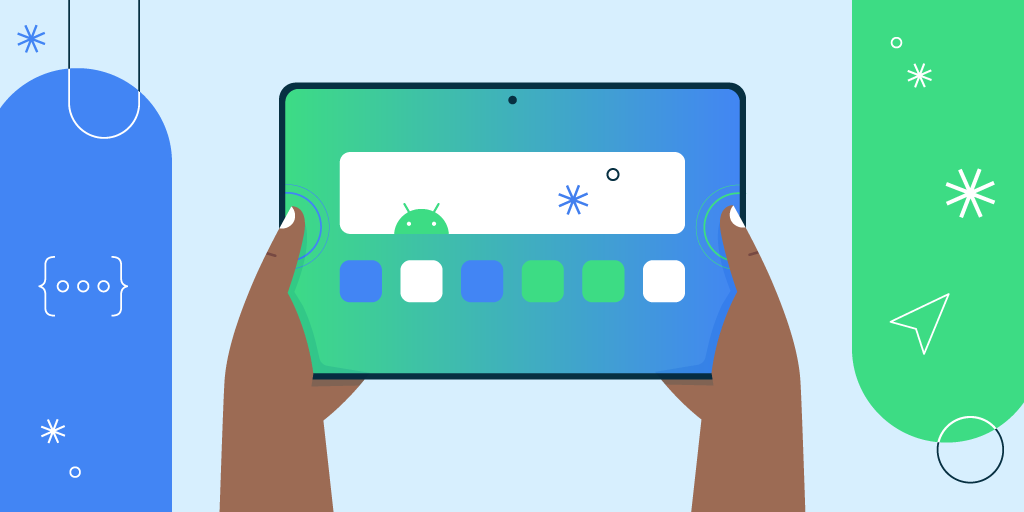The Internet of Things (IoT) is no longer a futuristic concept; it’s a present-day reality transforming industries and daily lives. At the heart of this transformation lies mobile app development, experiencing a significant paradigm shift. As more devices become interconnected, mobile applications are evolving from standalone tools to central hubs for controlling and interacting with the physical world. For businesses, this translates to unprecedented opportunities to enhance user experiences and create innovative solutions. Let’s delve into how IoT is impacting mobile app development, particularly for those seeking services from a mobile app development company in London.
The Convergence of IoT and Mobile Apps: A New Era
The core idea behind IoT is connecting everyday objects to the internet, enabling them to collect and exchange data. Mobile apps serve as the user interface, allowing individuals to monitor, control, and analyze this data. This synergy is driving innovation in various sectors, including healthcare, home automation, retail, and transportation.
Key Impacts of IoT on Mobile App Development:
- Enhanced User Experiences:
- IoT empowers mobile apps to provide personalized and context-aware experiences. For example, a smart home app can adjust lighting and temperature based on user preferences and real-time environmental data.
- This demand for sophisticated user interfaces is driving the need for skilled mobile app designers who can create intuitive and engaging experiences.
- Data-Driven Insights:
- IoT devices generate vast amounts of data, which mobile apps can collect and analyze to provide valuable insights.
- Businesses can leverage this data to understand user behavior, optimize operations, and improve decision-making. This creates a need for app development company that can handle data analytics.
- Remote Monitoring and Control:
- IoT enables users to remotely monitor and control devices from their smartphones.
- This has applications in various fields, such as industrial automation, where workers can monitor equipment performance from a mobile app.
- This is a large reason why businesses look for a qualified mobile app developer that has experience with IoT integration.
- Increased Security Considerations:
- As more devices become connected, security becomes paramount. Mobile app developers must implement robust security measures to protect user data and prevent unauthorized access.
- Finding a qualified app developer who prioritizes security is vital.
- Integration with Wearable Devices:
- Wearable devices, such as smartwatches and fitness trackers, are a significant part of the IoT ecosystem.
- Mobile apps are increasingly integrating with these devices to provide seamless user experiences.
- This integration requires specialized knowledge, making expertise from a app development company highly valuable.
Also Read : How to develop fantasy cricket app ?
The Future of IoT and Mobile Apps:
The integration of IoT and mobile apps is expected to continue growing, with advancements in artificial intelligence (AI) and machine learning (ML) further enhancing capabilities. As IoT becomes more pervasive, mobile apps will become even more integral to our daily lives.
For businesses seeking to leverage the power of IoT, partnering with a reputable mobile app development company is crucial. Whether you need a simple app to control a single device or a complex platform to manage a network of connected devices, a skilled team can help you bring your vision to life.
If you are looking for mobile app designers in London to help you navigate this exciting landscape, consider those that have proven experience in IoT integration. The future of mobile app development is interconnected, and embracing IoT is essential for staying ahead of the curve.




